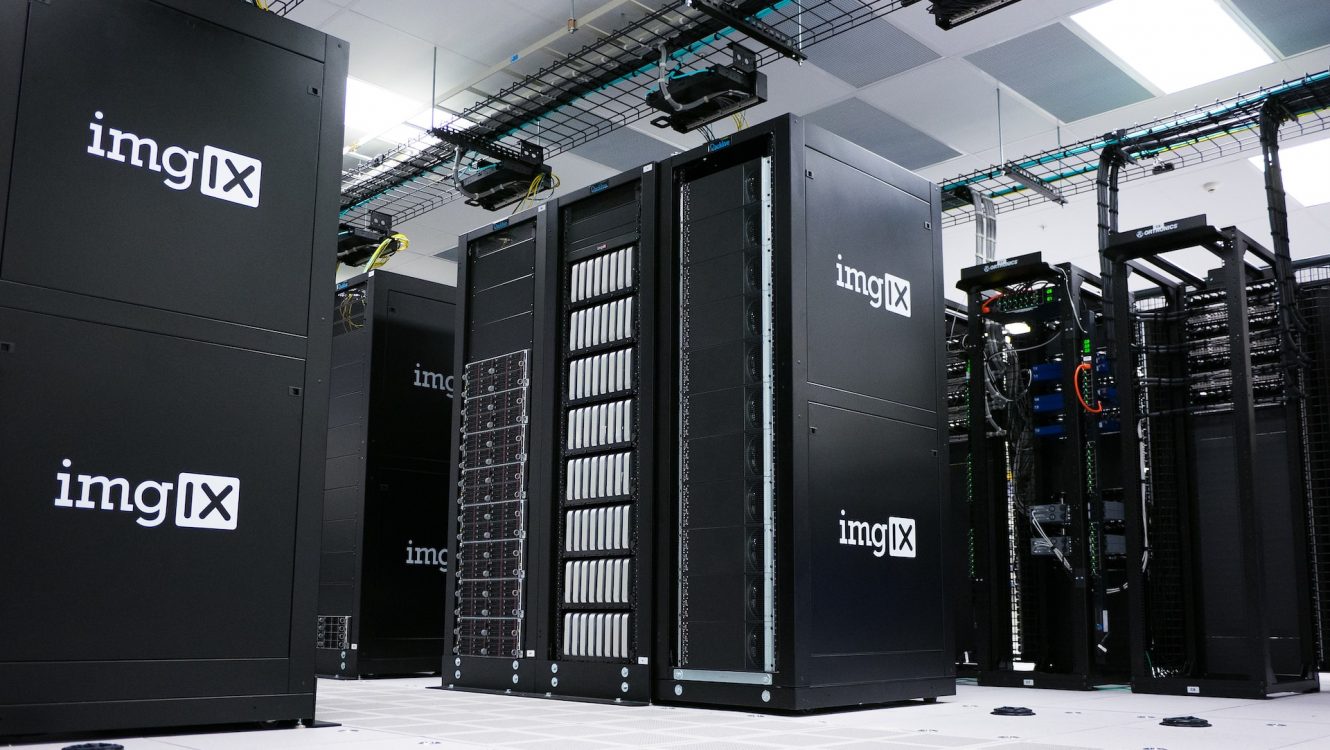Rethinking Data Center Cooling: A Hot Solution for a Warming World
As the digital era continues to expand, so does our reliance on data centers. But did you know that the colder environment inside these tech hubs may not be as energy-efficient or cost-effective as previously thought? A groundbreaking study reveals that it might be time to turn up the heat.
Embracing the Warmth for Energy Savings
In a world where every watt counts, a recent analysis published on October 10 in the journal Cell Reports Physical Science suggests that allowing data centers to operate at a balmy 41°C (approximately 105°F) could slash cooling costs by up to a staggering 56% worldwide. This revelation not only disrupts conventional thinking but may also chart a course for the development and management of future, more efficient data centers and IT servers.
Cooling: The Energy Guzzler
The indispensable yet energy-hungry cooling system is the culprit behind over a third of a data center’s total energy consumption. Shengwei Wang from the Hong Kong Polytechnic University, the study’s senior author, sheds light on the issue. “There’s an ongoing dialogue about reducing the energy footprint of cooling systems,” Wang notes. “However, instead of solely focusing on enhancing cooling mechanisms, why aren’t we innovating to let servers operate optimally at higher temperatures?”
Presently, the ambient environment in most data centers hovers between 20-25°C (68-77°F). The prevalent cooling system, designed to tackle the hot air generated by computers, circulates this hot air past water-chilled coils. After absorbing the heat, the water undergoes cooling either via chillers or a more energy-efficient method known as free-cooling. Unlike the energy-guzzling chillers, free-cooling taps into the ambient air to cool the water.
From Cold Zones to Warm Savings
Traditionally, to maximize the benefits of free-cooling, data centers are often strategically located in colder locales. However, evolving electronic technology presents a new perspective. A plethora of IT servers can comfortably function even when the mercury touches 30°C (86°F). Wang’s intriguing proposition is to harness this capability and elevate data center temperatures, allowing even warmer regions to capitalize on free-cooling.
The burning question then is: how hot is too hot? Wang and his team delved into this, developing a model to mimic traditional cooling systems. They then simulated its functionality across diverse climatic conditions. The surprising discovery? Almost universally, across varied climate zones, data centers could be almost 100% reliant on free-cooling year-round at the sweet spot of 41°C, a term they coined as the “global free-cooling temperature.” In terms of energy consumption, this translates to a substantial saving of 13%-56% when compared to their counterparts operating at 22°C (71.6°F).
Wang further elucidated that depending on specific climatic conditions, some regions might not even need to reach this temperature benchmark. “For cities like Beijing, Kunming, and Hong Kong, the optimal free-cooling temperatures are 39°C, 38°C, and 40°C respectively,” Wang highlights.
Balancing Heat and Performance
However, before data centers crank up the thermostat, Wang underscores three pivotal considerations. “Firstly, server reliability is paramount. Secondly, there should be no compromise on computational efficiency. And thirdly, we must ensure that the intrinsic cooling mechanisms within servers, like fans, don’t end up consuming more energy,” Wang explains.

Yet, with these caveats in mind, Wang remains optimistic about the potential of next-generation servers. He believes they could seamlessly operate at temperatures nearing 40°C without any dip in performance.
“We’re setting a tangible target for both cooling system engineers and server design professionals,” Wang concludes. “While 41°C might seem ambitious today, considering the pace of technological advancements, we’re talking about a mere increase of 10°C or less. The future is not just digital; it’s also warmer.”
As the tech industry grapples with sustainability challenges, this study ignites a conversation that’s not just about cooler solutions but smarter ones. The age-old adage, “If you can’t stand the heat, get out of the kitchen,” might soon be revised to, “If you can’t stand the heat, head to the data center!”
©globalgreenhouse.eu


